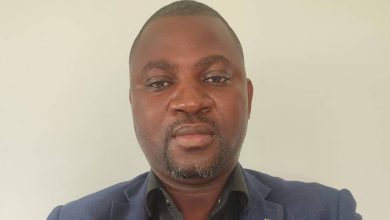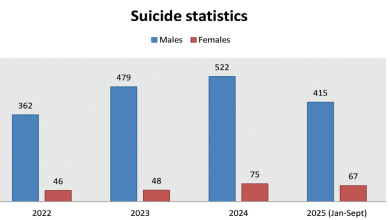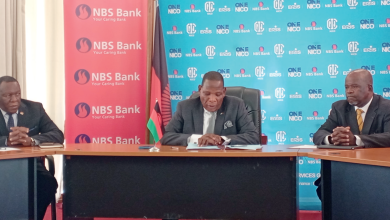Learners carry 20-litre water buckets daily
Every day, Thomas Polani (name changed to hide the identity of a minor), a Form One student at Lulwe Community Day Secondary School (CDSS) in Nsanje District, embarks on a grueling 6.5 kilometre journey to school.
But the learner does not carry notebooks only as he crisscrosses Malawi and Mozambique; the boy also carries a 20-litre water bucket, a must for every leaner, for the school’s operations.

Located in Nsanje north, less than four kilometres from neighbouring Mozambique, the school has no water source.
This is in sharp contrast to the Ministry of Education’s policy which compels every public school to have a water source to ensure sanitation and hygiene at learning institutions.
Despite the existence of this policy, Thomas shoulders the burden of carrying a water bucket while trudging through the rough terrain in the scorching heat of the Shire Valley.
This takes a toll on him.
“I arrive at school feeling tired. At times I have to start off very early to get to school in good time so that I can have enough time to rest before classes,” said Thomas.
While this school’s plight is a harsh reality prevalent in many other public schools where access to basic necessities such as water is a distant dream, the situation is dire for this particular institution.
“This distresses me,” said the 16-year-old-old Thomas, fighting back tears.
“I am used to it, but this demotivates me at times. I fail to focus on my studies because of exhaustion.”
His daily treks are also risky because of confrontations he frequently has with Mozambicans who mock him for embarking on the tedious journeys.
But despite the challenges, Thomas still dreams of going far with his education and become a medical doctor.
The pain Thomas endures is faced by about 150 students who learn at the school, parents, guardians and village committee members.
Other students from Thomas’ Alfandika Village learn at Nyachirenda CDSS which is about 17 kilometres away.
For this particular school, students opt for self-boarding, which is costly for their parents who barely make ends meet.
One of the concerned parents, Geoffrey Kansichi said the situation poses a security risk for female students who are sometimes raped.
He said this is why parents of learners at Nyachirenda CDSS opt for self-boarding for their wards.
“The situation is worrisome, but we do not have any other options. We want our children to learn because we believe education is key to success. We do not want our children to die in this village,” said Kansichi.
In the midst of such challenges, the students’ hope lies in newly-constructed Milotho CDSS in the village, which is yet to be opened.
The school, constructed with funds from the Governance to Enable Service Delivery Project financed by the World Bank, awaits construction of teachers’ houses.
Village Development Committee chairperson Saini Medson said in a separate interview the school will be a relief for both parents and students.
Group village head Fraction said the situation has disadvantaged learners with potential to excel as they have been dropping out in recent years.
While he could not give the exact number of learners that have dropped out throughout the years, he said many opted for marriage or trek to Mozambique for employment.
Nsanje District Council director of public works Danstain Mphonde said the situation will be resolved, especially with the construction of Milotho CDSS.
In a telephone interview yesterday, Edukans country director Limbani Nsapato said the situation is an inconvenience to the learners, a demotivation and violation of human rights.
He said: “This limits access to education as students likely feel a burden. This might also fuel absenteeism or dropouts because students may find the environment not conducive.”
Nsapato said there is need for authorities to address the situation not only at this particular school, but other public schools facing similar predicaments.
He said failure to address the situation will continue to affect the well-being of learners, as such, their right to education will continue to be limited.
According to wateraid.org, the status of water, sanitation and hygiene services in most public schools remains unacceptable as some schools still do not have sanitation facilities.
It says 19 percent of children from public schools drink from unprotected water sources, which causes them to suffer from water-borne illnesses such as diarrhoea and worms, disrupting their learning.





